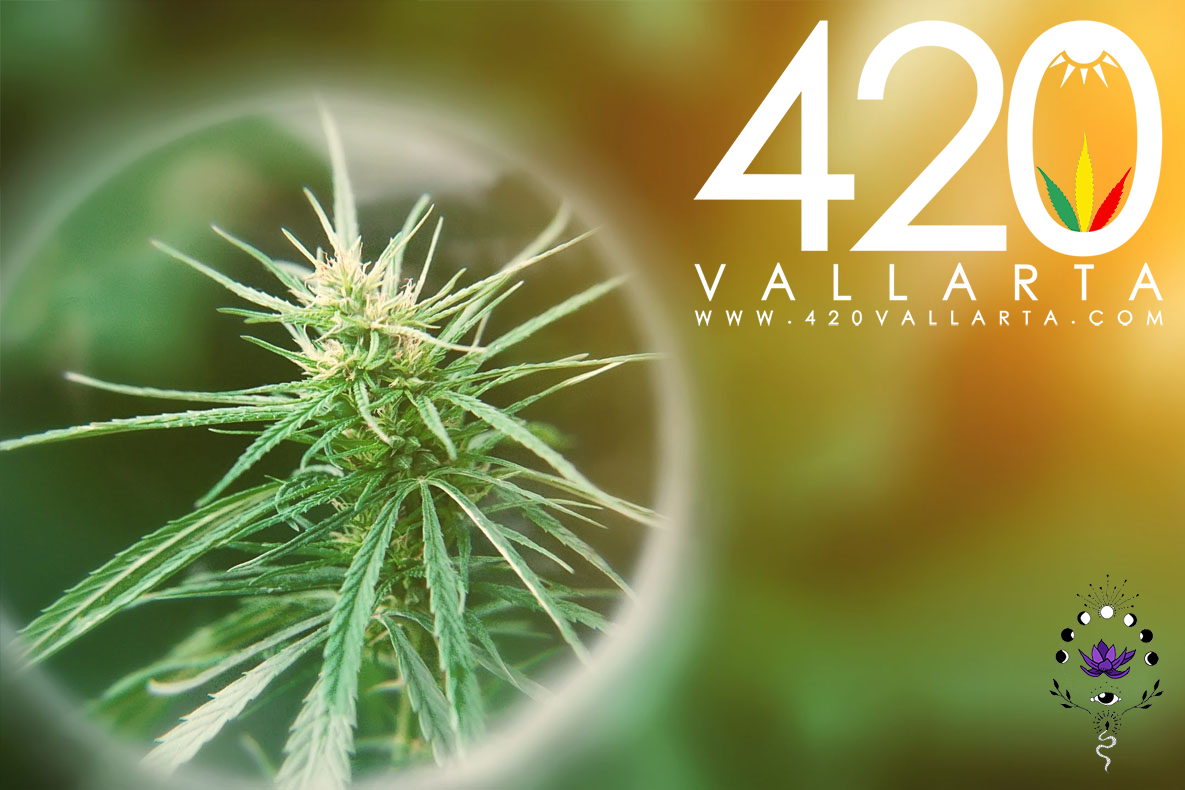420 Puerto Vallarta - Nuevo Vallarta

Growing Marijuana Indoors vs. Outdoors: The Key Differences
Cannabis is one of the world’s oldest crops. There’s evidence to suggest that it was cultivated over 12,000 years ago! For millennia, it was possible to grow cannabis in its natural outdoor environment without fear of prosecution. However, during the 20th century, marijuana went from a herbal remedy to an illicit substance in the United States.
It began with a ban on the plant by the state of Massachusetts in 1911. In 1937 the federal government passed a notorious piece of anti-marijuana legislation – The Marihuana Tax Act. The final nail in the coffin for marijuana came in the form of The Controlled Substances Act of 1970. The Act designated marijuana a Schedule I substance “with no accepted medical use and a high potential for abuse.”
New laws against marijuana meant that cannabis production methods were changed significantly. To stay out of sight, growers adopted indoor cultivation to avoid falling foul of the law. Today, however, the relaxation of marijuana laws means that cannabis cultivators in certain states can grow marijuana legally again.
This guide will provide you with the key differences between growing cannabis plants indoors versus outdoors, as well as the costs involved.
Indoor Growing – Pros
A significant advantage of indoor marijuana cultivation is that growers can control conditions like temperature and humidity. Therefore, it enables you to mitigate some of the risks associated with outdoor cultivation, such as inclement weather.
Another big plus of growing marijuana indoors is the ability to grow all year round.
Another big plus of growing marijuana indoors is the ability to grow all year round. As you don’t have to wait for a growing season, you can enjoy multiple harvests per year. With 3-4 harvests a year, you can greatly exceed the limited returns associated with growing cannabis outdoors.
Another pro of growing cannabis indoors is that it can make it easier to remain on the right side of the law. An increasing number of states allow indoor growing. However, in states where growing marijuana is still prohibited, people must hide their plants from public view.
That’s a lot easier to do when growing cannabis indoors.
Indoor Growing – Cons
It’s true; indoor lighting can help you grow aesthetically beautiful flowers with high THC percentages. However, no lighting system is a match for the power of the sun. The sun produces enough energy to power 2,880 trillion light bulbs. It also provides our planet with 35,000 times the amount of energy required by those of us who use electricity on Earth!
Therefore, marijuana plants grown in California’s glorious sunlight will dwarf the smaller yields of indoor plants. To replicate natural sunlight in an indoor grow room can be exceptionally costly. We will discuss this in more detail in the ‘Cost of Growing Marijuana Indoors’ section below.
While growing cannabis plants indoors protects them from inclement weather, it doesn’t necessarily mean they are safer from pests. With no natural protection, your plants are in severe danger if exposed to pests like aphids or spider mites.
Outdoor Growing – Pros
Cannabis has been grown outside for tens of thousands of years and has perfectly adapted to its preferred climate. Although cannabis plants are susceptible to pests and disease outdoors, they get help from natural sources. Ants, ladybugs, and wasps all prey on mites and other pests that can ruin an outdoor crop.
Certain marijuana strains grow to enormous sizes and are entirely unsuitable for indoor growers due to the space required. You can’t grow a 15-foot plant indoors unless you have access to a warehouse!
The Difference Between Indoor and Outdoor Strains
Another pro of growing marijuana outdoors is that there is the potential for a much higher yield. Generally speaking, outdoor farms produce significantly higher yields than their indoor equivalents. Certain strains also produce much higher yields outdoors than indoors, simply because they prefer an outdoor environment.
All plants require carbon dioxide (CO2) to thrive. You can replicate or even enhance CO2 levels inside using equipment like CO2 canisters, but it can be expensive. Naturally, this is one expense associated with growing cannabis plants that outdoor growers don’t have to incur.
Another pro of growing marijuana outdoors is that once you put marijuana plants in soil, they feed off the nutrients. Therefore, feeding cannabis plants outdoors is less costly due to the number of natural nutrients available to them in the soil.
From an environmentally friendly perspective, there is no comparison between growing marijuana outdoors vs. indoors. Outdoor crops leave a much smaller carbon footprint than indoor grows. The sheer energy consumption (not to mention the cost) required to power indoor equipment is staggering. Think about how much electricity is used to power the lighting, dehumidifiers, exhaust fans, etc., for several grow cycles per year.
Outdoor Growing – Cons
Crops grown outdoors have a longer gestation period, and you are completely reliant on their natural life cycle. As a result, you may not be able to harvest your crop more than once a year. Nature also throws up its fair share of challenges. If your local area is experiencing an unusually dry or wet season, it can play havoc.
For instance, too much rainfall can lead to plant mold and/or bud rot. Excessive heat can also kill your plants. Things like fires, tornadoes, and storms can destroy an entire crop in a matter of hours.
Most states that permit growing only do so with the proviso that it takes place indoors.
Larger predators such as deer are also known to invade fields and ruin cannabis plants, and whether or not you believe in climate change, there is no question that the weather has become less predictable in recent times.
Finally, you may not be legally allowed to grow outdoors. States such as Colorado allow residents to grow cannabis without a commercial license. However, most states that permit growing only do so with the proviso that it takes place indoors, and out of sight. It is important to note that regulations and limitations can vary according to city and county – sometimes within the same state.
Support us on
Facebook
Twitter
Instagram
YouTube
Pinterest
You can also reach us by email
info@420vallarta.com


